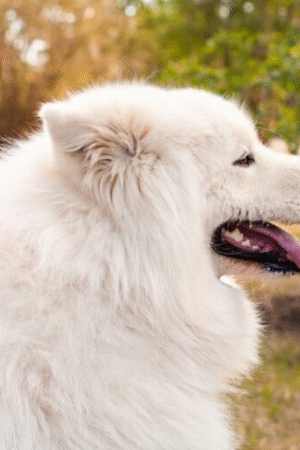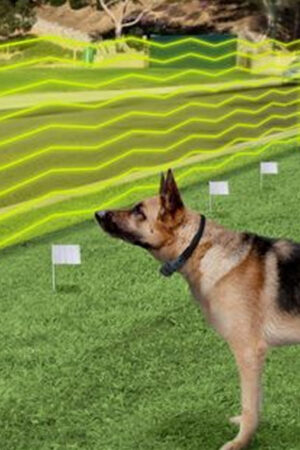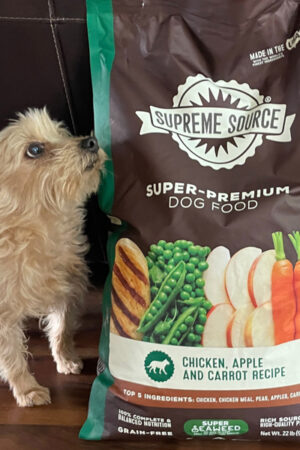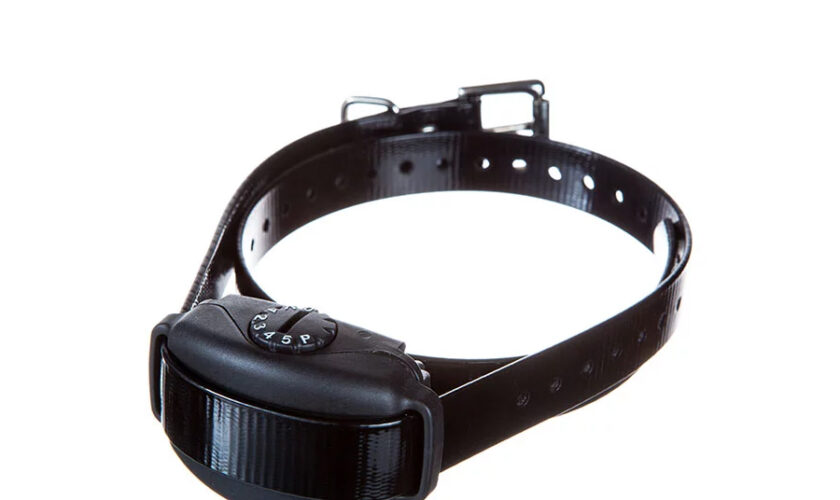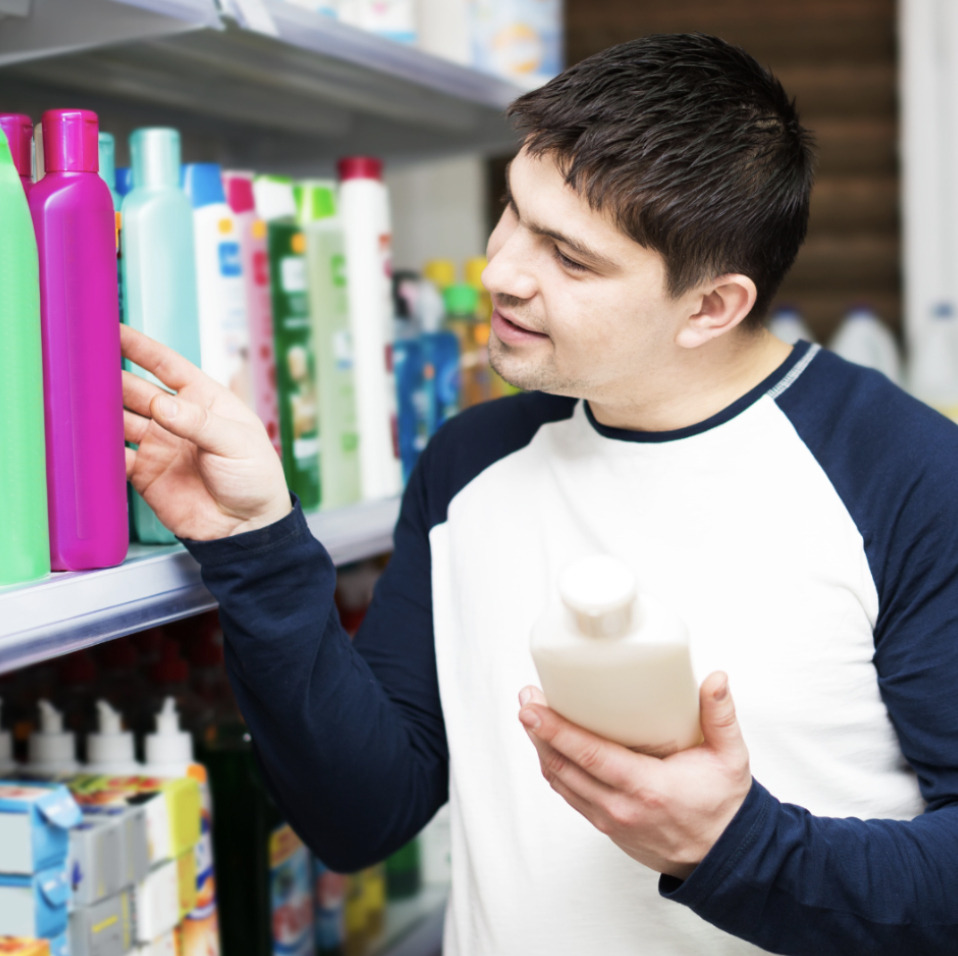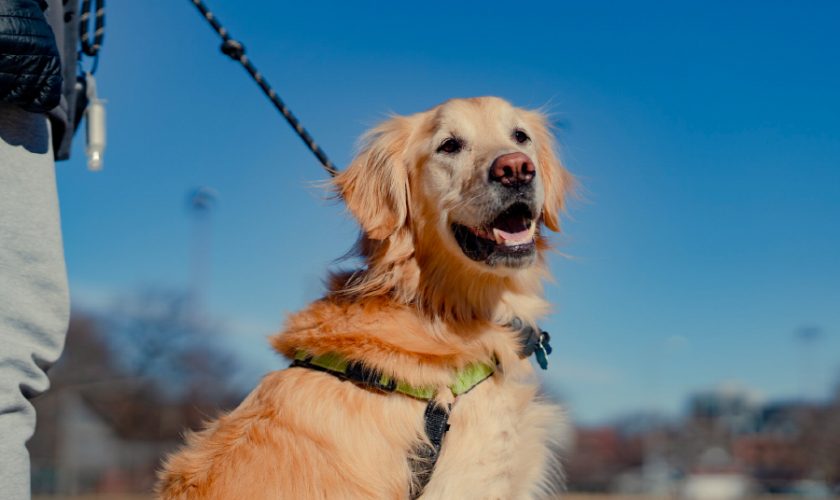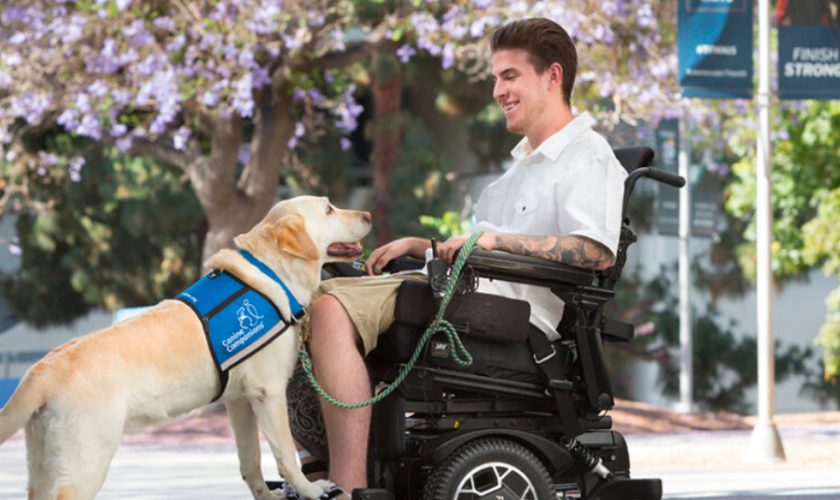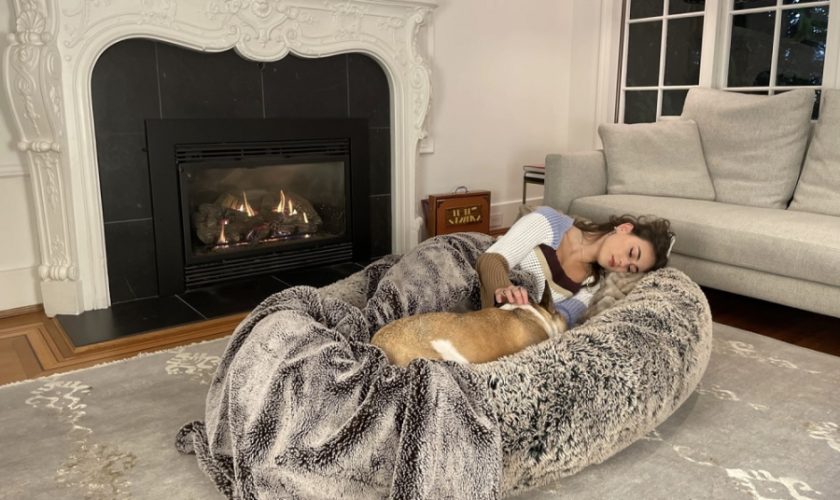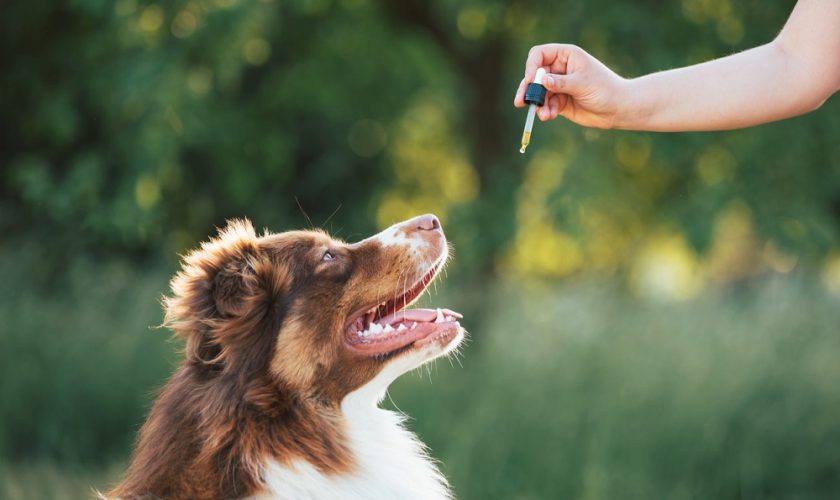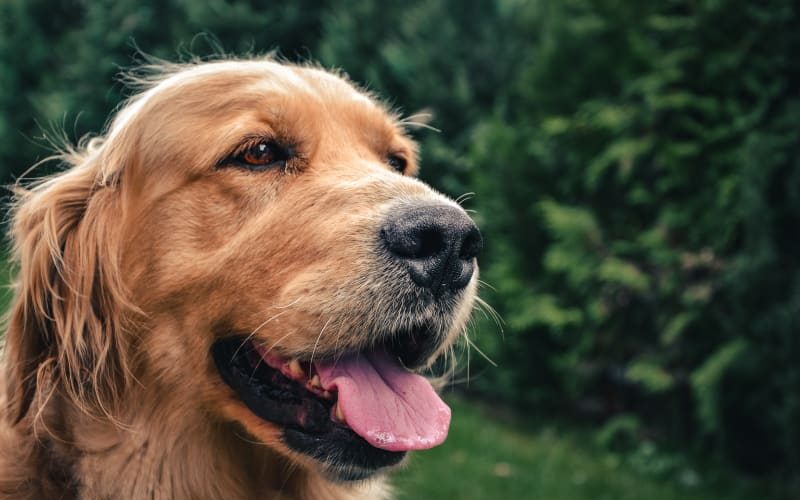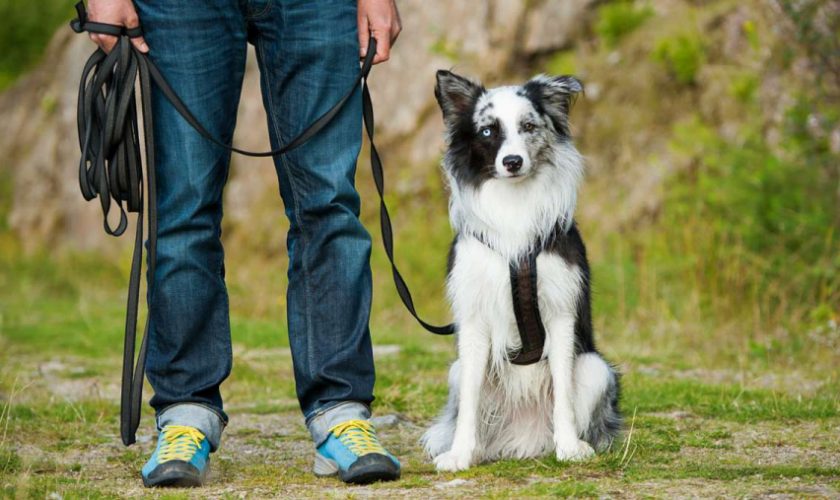Whether this is your first puppy or you’ve decided to add to your family via adoption, it’s crucial that you prioritize the health and well-being of your new addition by providing a healthy, balanced diet from day one. Puppies have quite different nutritional requirements than senior dogs, thus adult dog food is not suitable for them. Your puppy needs food that is rich in calories and nutrients so that it can keep up with its rapid growth, and it also needs food that is high in calcium so that it can build strong and healthy bones.
Getting a new puppy is a thrilling adventure, but it’s also a lot of work. A puppy’s rapid growth is mostly dependent on its first six months of life. Toy breeds may achieve maturity as early as 12 months of age, however, the majority of smaller breeds will reach maturity shortly after 12 months of age. Large dog breeds might take up to two years to fully mature. You should feed your puppy high-calorie, high-protein, and high-calcium dog food while they are still developing, but as they reach adulthood, you should gradually switch them over to adult dog food to avoid weight problems. You need to use the amount of dog food for puppy.
How Often Should You Fed Your Puppy And How Much Food Should You Give Him?
In addition to consulting your local veterinarian, whose knowledge will be specific to your dog’s breed, we recommend looking at the following table as a general guideline.
Ideally, you’d wean your puppy off of mom’s milk during the first three months. Making a gruel out of dog chow and milk replacers is the simplest method to wean your puppy off of breast milk. Doing so will ease your puppy into the transition to solid food.
The daily maximums are indicated in the recommendations
Puppies should be fed four times a day for maximum growth and development. Between the ages of 4 and 5, a puppy may safely be fed three times a day. However, when they get closer to 12 months of age, twice-a-day feedings are just OK. Divide the daily amount given in the table above by the number of times you feed your puppy each day to get the appropriate amount to give at each meal.
Even though there is no “right time” to feed your puppy, it is preferable to split its meals up and offer it at regular intervals throughout the day. Once you’ve settled on a routine for feeding your puppy, it’s important to stick to it as much as possible.
If you assume that you eat breakfast, lunch, and dinner every day, feeding your puppy 30 minutes before each of these meals sets up a simple schedule that is easy to keep to. Keeping your puppy on a regular feeding schedule is the single most important thing you can do for it. Ideally, you would feed your dog its final meal of the day a few hours before its regular bedtime. This will give it plenty of time to digest its food before bed. There will be less chance of “little accidents” happening at home. Regular eating times may help with toilet training since they encourage elimination at regular intervals.
In your opinion, what is the best dog food?
We know you have many choices for feeding your new puppy, but rest assured that we have done the legwork to find the best recipes, source the highest quality ingredients, and produce the highest quality puppy chow available.
Conclusion
Whether this is your first puppy or you have chosen to adopt a new member of the family, it is essential that you place a high priority on your pet’s health and wellbeing from the beginning by feeding them a nutritious, well-balanced diet. Because their dietary needs vary significantly from those of older dogs, puppies should not be fed adult dog food. In order to support its fast development, your puppy need a diet high in calories and minerals. It also needs a diet high in calcium to help it develop strong, healthy bones.

